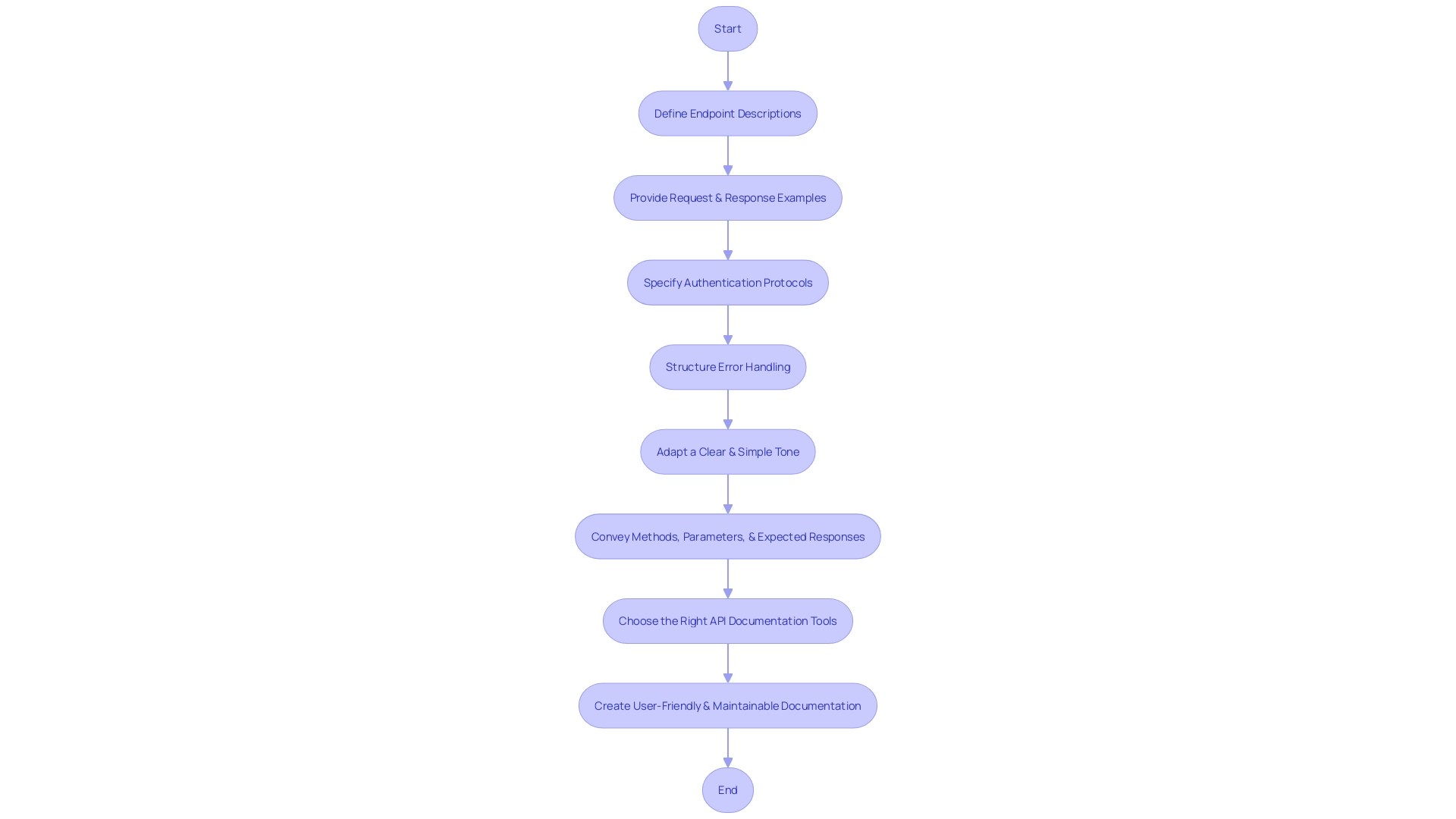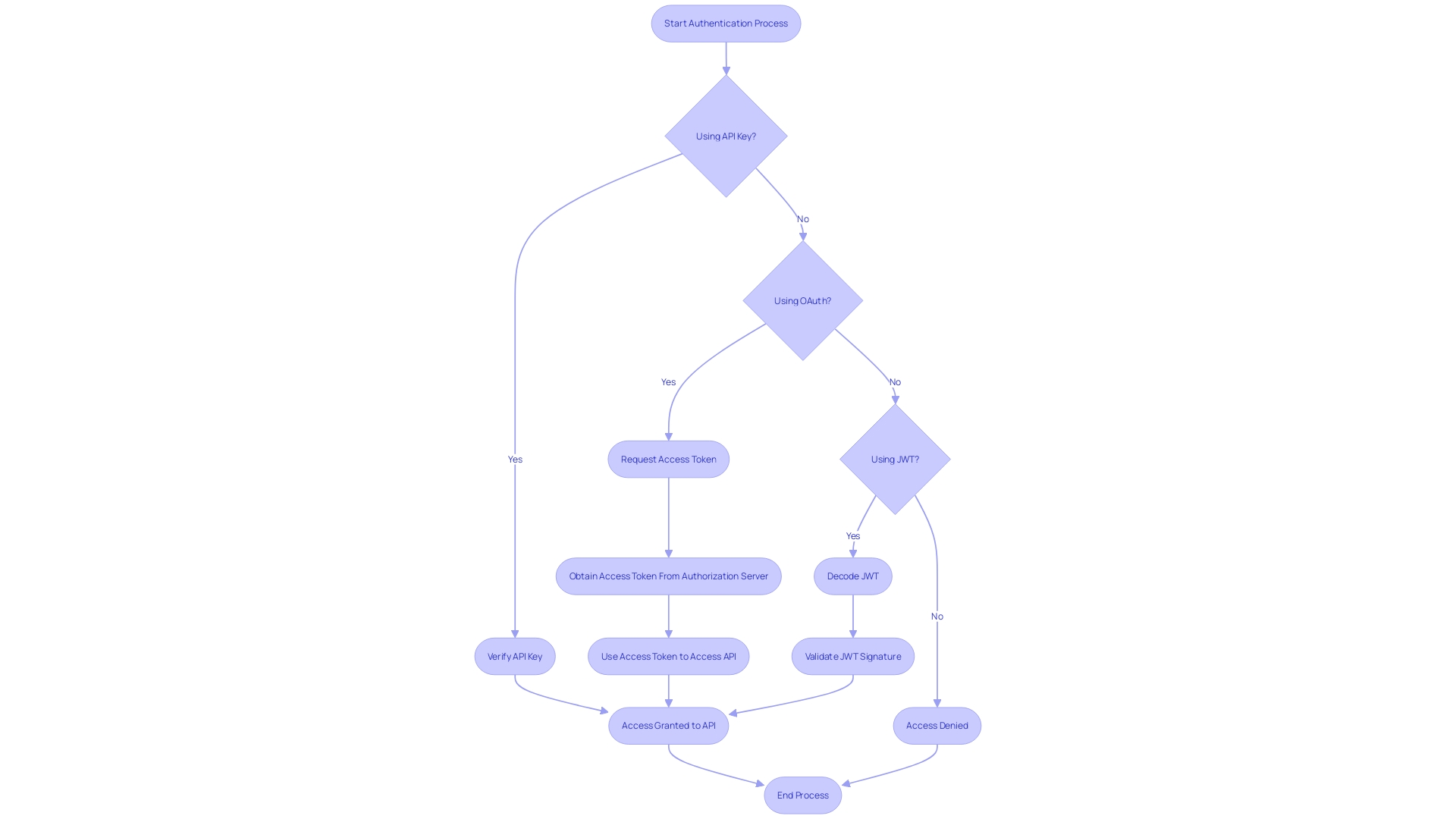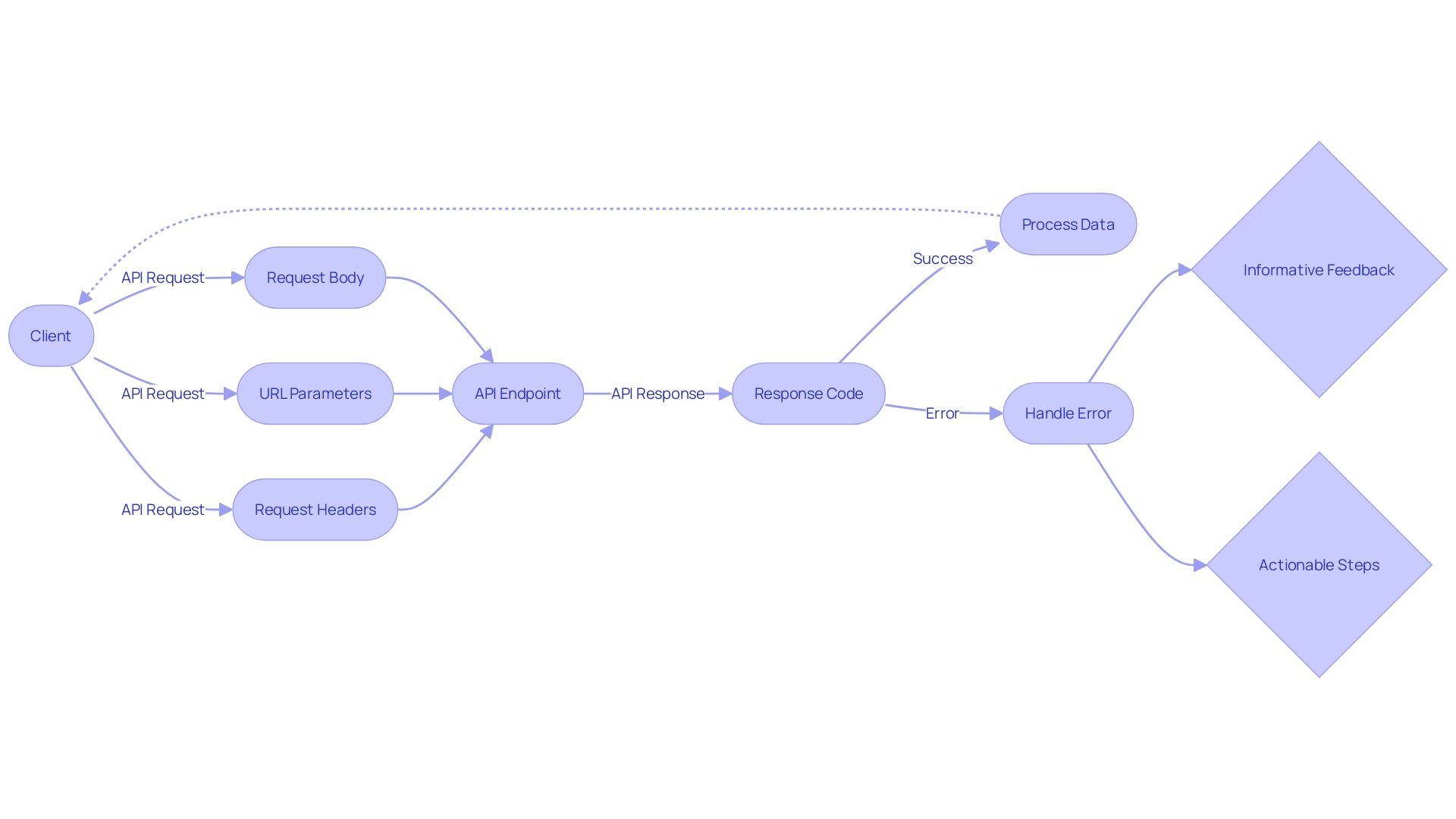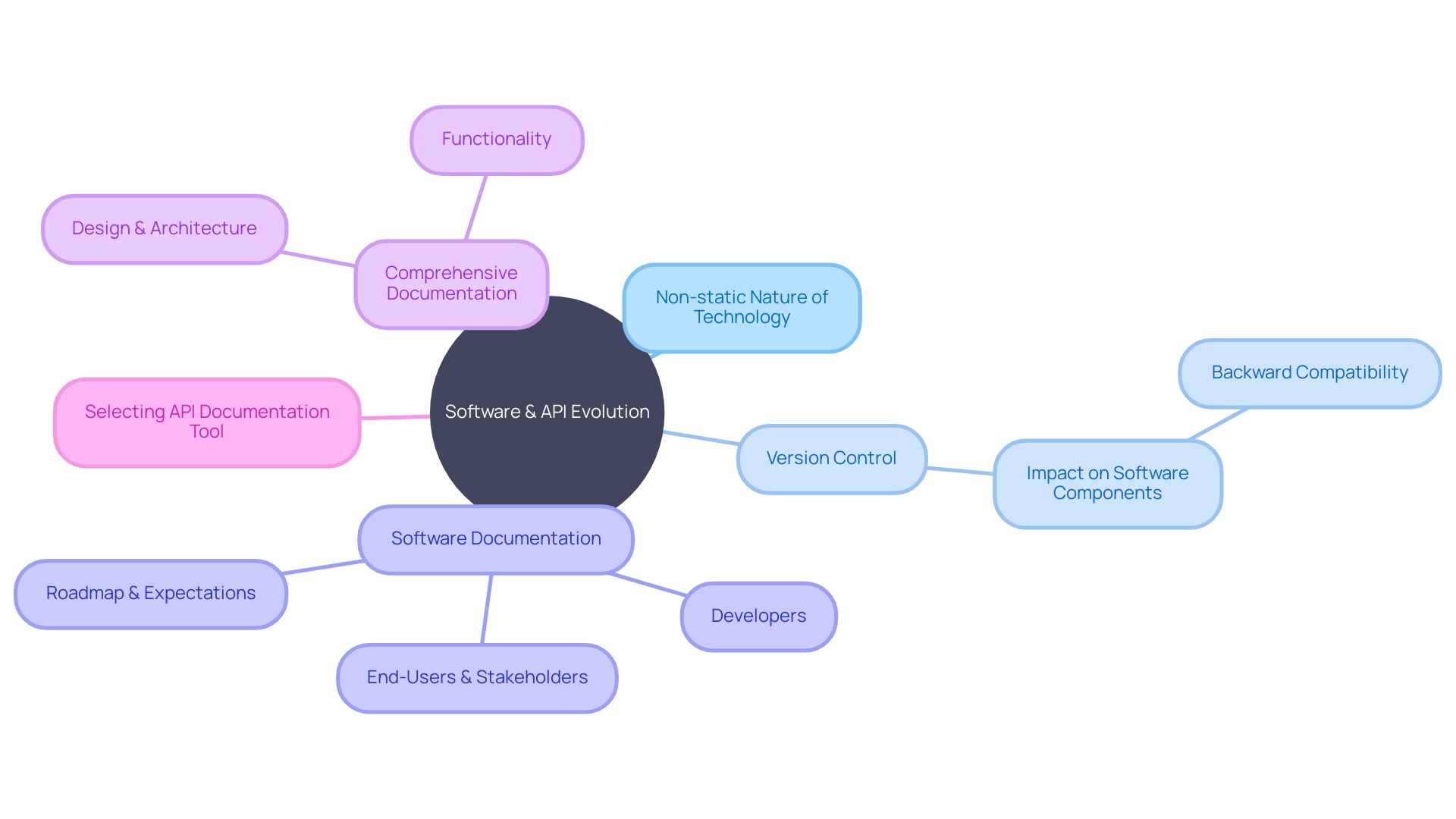Introduction
In the world of modern software development, APIs (Application Programming Interfaces) play a critical role in creating interconnected digital ecosystems. APIs act as the universal language translator between software programs, allowing them to interact and leverage each other's services or data.
With the increasing digitization of services, the significance of APIs cannot be overstated. However, this ubiquity also brings increased risks of data breaches.
Therefore, robust security measures and reliable API design are essential to prevent unauthorized access to APIs and ensure data safety. In this article, we will explore the basics of APIs, the importance of API documentation, key components of API documentation, tutorials, authentication methods, endpoints and methods, requests and responses, rate limiting, status and error codes, versioning and changelog, and tools for API documentation. Join us as we delve into the world of APIs and uncover the best practices for efficient and successful API integration.
What is API? Unpacking the Basics
At the heart of modern software development lies the Application Programming Interface, or API, which acts as the universal language translator between software programs, ensuring they can correspond and leverage each other's services or data. In essence, an API sets the stage for different applications to interact under a common set of rules, facilitating an interconnected digital ecosystem.
This seamless interaction is critical in a time where the digitization of services is at an all-time high, highlighting the indispensable nature of APIs. For example, consider a weather application on your phone that fetches the latest weather conditions.
It does so by communicating with a remote server that possesses the desired data via an API. The API dictates the appropriate way to make the request and the format for the server's response.
In other words, APIs serve as the "middleman" in system workflows, mediating requests and relaying information efficiently. However, the ubiquity of APIs comes with increased risks of data breaches, signaling the need for robust security measures. Breaches occur from unauthorized access to APIs, leading to a potential compromise of sensitive information—everything from personal to financial data. The impact of such incidents underlines the importance of secure and reliable API design to prevent unauthorized exploitation and data leakage. As Google aptly puts it, APIs are the 'crown jewel of software development,' empowering developers to innovate and enhance complex systems, paving the way for greater advancements in the tech industry.
Types of API Documentation
The essence of good API documentation cannot be overstated, as it serves as the bridge between a powerful API and its users. Crucial to this bridge is the way information is presented, invariably requiring clarity, simplicity, and completeness. Clarity demands the use of straightforward language, keeping jargon to a minimum or well-explained when indispensable.
It allows users to grasp concepts easily, paving the way for successful implementation and efficient troubleshooting. Completeness is equally vital, ensuring every facet of the API — from endpoints, methods, parameters, to expected responses — is thoroughly detailed. Choosing the right documentation tool can be a challenge amidst the numerous options available.
Yet, mastering this step is key to creating documents that don't just read well, but can also be easily updated and maintained. Documentation tools play a pivotal role in the API lifecycle as they aid in constructing a reliable knowledge base that reflects how an API functions in totality. Ultimately, it is clear and comprehensive API documentation that underpins the seamless digital experiences developers aspire to create and users come to expect.
Key Components: What Should Be Included in API Documentation
API documentation is the backbone of any digital application, ensuring that the nuts and bolts of an API’s functionality are clearly and comprehensively conveyed to its users. It should serve as a meticulous guide that deconstructs the complexity into understandable segments for implementation and troubleshooting. Fundamental elements include:
-
Well-defined endpoint descriptions that map out the paths and operations available.
-
Detailed request and responsive examples, exhibiting the real-world use of API calls and potential outcomes. - Clearly stated authentication protocols safeguarding interactions and determining user access. - A robust error handling section, formatted in a structured and actionable manner to effectively communicate problem details and resolutions.
To ensure that developers and users alike can seamlessly navigate through the API’s capabilities, the documentation must adapt a tone that is both clear and simple, side-stepping jargon or elucidating it where necessary. Conveying information on all aspects, such as methods, parameters, and expected responses, braces users against pitfalls and optimizes the overall experience. Statistics reveal the significance of APIs in today's interlinked technological ecosystem, highlighting the importance of well-structured documentation.
Moreover, expert insights suggest that the choice of API documentation tools is paramount, with a focus on creating readable, user-friendly materials that can be efficiently maintained and updated. Ultimately, every API is a piece of a larger digital puzzle, and its documentation is the blueprint by which it is understood and utilized. A holistic approach to crafting this blueprint can drastically enhance developer productivity and the user's journey, translating to a seamless digital experience.

Tutorials
When delving into API documentation, tutorials serve as your hands-on pilot, guiding you through the essential features and abilities of the API with clear, actionable instructions. Recognizing the critical nature of these resources, a tutorial must articulate the specific problem it addresses, demystifying complex functionalities and enabling users to swiftly apply what they've learned to real-world situations. A well-crafted tutorial should launch with a compelling hook—a persuasive premise underscoring the relevance of the content.
This opening should be potentially gripping, resonating closely with developers' challenges. It then segues into a concise summary, granting a glimpse of the tutorial's goal, the skills to be acquired, and the accomplishments users can anticipate upon completion. For heightened clarity, the language must be devoid of obscuring jargon or, at the very least, carefully decoded for diverse audiences.
Ultimately, tutorials should encompass a holistic view of the API in question. A consummate tutorial not only delineates endpoints, request constructions, parameters to be trodden, and potential responses, it's the harbinger of understanding, implementation ease, and a beacon for troubleshooting. As various API documentation tools refine the creation and upkeep of these explanatory guides, they emerge as indispensable compendiums for developers eager to stitch APIs into the fabric of their digital creations seamlessly.
Authentication
Authentication stands as the virtual gatekeeper in the world of API interaction, ensuring only authorized users or systems can harness your API's capabilities. Understanding and documenting authentication methods is not merely a security measure; it is a fundamental user guide to your API's access protocols.
Let's delve into API keys, OAuth, and JWT (JSON Web Tokens)—each a unique method in its own right, tailored for varying security demands. API keys are akin to personalized digital identification cards, offering a straightforward authentication process.
OAuth, on the other hand, acts like a passport for digital services, enabling permission-based access and granting tokens after validating credentials. JWT, or JSON Web Tokens, are compact and self-contained for securely transmitting information as JSON objects.
Each method, when documented clearly, makes the path to integration smoother for developers. Thorough and comprehensible documentation is paramount; it is the foundation upon which developers build their understanding and application of your API. With APIs now forming the cornerstone of digital architecture, negligence in documentation could render the most sophisticated API ineffectual. Therefore, whether you're demonstrating the simple use of API keys or the more complex OAuth flow, ensure that your documentation is pristine in clarity, complete in coverage, and refreshingly straightforward to facilitate both implementation and troubleshooting.

Endpoints and Methods
At the heart of API functionality lie endpoints and methods, vital for the architecture of successful digital platforms. These components serve as the essential channels through which developers and their applications interact with the web service. Endpoints, designated by their unique URLs, act as specific addresses to access API functionalities.
Each endpoint can be utilized via different methods such as GET, POST, PUT, and DELETE, aligning with actions like read, create, update, and remove, respectively. Documenting these elements offers an invaluable roadmap for users and developers, aiding in the understanding and utilization of the API. Clear and uncomplicated language cuts through technical jargon, ensuring that anyone, regardless of their expertise level, can grasp the concepts and employ the API effectively.
Providing practical examples of endpoint usage and method interactions helps in internalizing the expected behavior while also serving as a toolkit for troubleshooting and validating functionality. In cases where access to source code or system specifications is limited, utilizing state-of-the-art API documentation tools enables the automatic generation of examples, maintaining an up-to-date and user-friendly guide. As such, comprehensive documentation comprising all methods, endpoints, parameters, and possible responses is not only a cornerstone for effective API integration but also pivotal for the maintenance and future updates, making it indispensable for fostering efficient and integrated digital experiences.
Requests and Responses
Understanding API requests and responses is akin to navigating a dialogue between two parties. It's essential for clear communication and subsequent action.
To demystify this process, it's important to document each element with precision. Start by detailing request headers, which act as a formal dress code for entry, and URL parameters, which function like key questions asked upon arrival.
The request bodies serve as the main content of your query, while response codes are the various types of nods or shakes of the head you receive in reply. True clarity comes from the systematic structuring of this dialogue.
As Nick Tune illustrates with the example of Lufthansa's check-in software, even a term as fundamental as "Flight" can carry vastly different interpretations. This same principle applies to API terms and operations.
Therefore, the documentation must eschew ambiguities. Encountering errors is an inevitable part of any conversation.
Modern API error handling aims for not just notification, but education. It's not enough to simply state that something went wrong; users need structured, informative, and actionable feedback. This empowers developers to remedy issues autonomously, enhancing their efficiency and contributing to a seamless developer experience. Moreover, just as the departmental perspective on what constitutes an 'account' can vary dramatically, so too can the understanding of API functions and errors. Therefore, API documentation needs to be a cornerstone of the development cycle, something that guides like roadmaps, clarifies like dictionaries, and directs like manuals. It's about painting a complete picture that leaves no question unanswered, making integration, troubleshooting, and usage an efficient and fluid process.

Rate Limiting
Rate limiting is a technique used to control the number of requests made to an API within a specific time frame. This section will explain the importance of rate limiting and how to document rate limits effectively. It will cover topics such as rate limit headers, rate limit strategies, and rate limit examples.
Status and Error Codes
To facilitate the proper use and integration of APIs, it's critical to have comprehensive documentation, especially regarding status and error codes. These codes serve as essential indicators of the outcome of API requests.
A well-documented API will clearly list all possible HTTP status codes, organized into groups such as informational, successful, redirection, client error, and server error. For instance, codes like 404 signify a client error where the requested resource cannot be found, while 500 indicates a server error.
The documentation should be structured in a way that is not only informative but actionable—empowering developers to understand and rectify issues promptly. Since the early 1990s, HTTP protocols have been refined, but the core purpose of effectively communicating the status of a data transfer remains intact.
For example, although five categories exist, some, like the informational category codes, are rarely employed and can be sidelined to avoid clutter. Moreover, error codes should be accompanied by a clear explanation, structured uniformly to avoid the confusion commonly caused by the inconsistency of formats. This standardization improves developer experience and supports smoother interactions between disparate systems. Given the complexity and variety of available APIs, documentation tools can significantly aid in creating, maintaining, and updating these crucial guides. When well-executed, API documentation is an invaluable resource, detailing operation methods and troubleshooting procedures—essentials for both the seasoned developer and the newcomer.
Versioning and Changelog
Understanding the evolving landscape of software, particularly APIs, requires acknowledging the non-static nature of technology due to business needs and regulatory changes. Effective version control is fundamental in managing these shifts, ensuring that software and APIs adapt without disrupting the delicate fabric of ongoing operations.
To illustrate, consider a monolithic system with server-side rendering where humans are the only clients; changes can be somewhat seamless. However, when other software components rely on your API, even minor tweaks can ripple through the ecosystem.
This is where backward compatibility becomes a focal issue. Some changes can be absorbed by existing clients, but others, such as removing an endpoint, are breaking changes that necessitate updating the client.
A key element to navigate this complexity is comprehensive documentation. Clarity and simplicity rule the documentation domain—terminology should be unambiguous, potentially supplemented with explanations to bridge jargon gaps.
Completeness is non-negotiable; developers must have access to detailed information on endpoints, methods, parameters, and potential responses. This wealth of knowledge allows for easier understanding, implementation, and troubleshooting. Selecting the right API documentation tool is as vital as the documentation itself. With the right tool, maintaining and updating documents becomes a less daunting task, enabling developers to create readable and user-friendly guides. Remember, a robust API is only as effective as its documentation, making it one of the most indispensable resources for understanding API functionality.

Tools for API Documentation
When it comes to building the backbone of modern digital experiences, APIs (Application Programming Interfaces) are indispensable. They enable seamless interactions between distinct systems, but their potential is only unleashed through clear, comprehensive documentation. As the landscape of API tools matures, developers are presented with a variety of instruments designed to finesse this documentation process.
From the renowned Swagger for its interactive documentation features, to Postman which excels in testing API requests, there's a buffet of options tailored to fit different project scales and complexities. Our meticulous overview spans 50 top-tier API documentation tools, each dissected across integral parameters such as their features, usability, pricing, and support, ensuring you can make an informed decision tailored to the specific needs, financial scope, and use cases of your organization. In essence, the right API documentation tool does more than just describe endpoints and parameters; it acts as a guiding beacon for developers, fostering understanding and easing the path from integration to resolution of issues that inevitably arise.
Conclusion
In conclusion, APIs play a critical role in modern software development, enabling seamless interactions and creating interconnected digital ecosystems. To ensure their success, robust security measures and reliable API design are essential.
Effective API documentation acts as a bridge between APIs and users, providing clear, comprehensive, and user-friendly information. Key components include well-defined endpoints, detailed examples, authentication methods, and error handling.
Additionally, tutorials offer hands-on guidance for implementation and troubleshooting. Thorough documentation of authentication methods, such as API keys, OAuth, and JSON Web Tokens, ensures secure integration and usage.
Endpoint and method documentation facilitates understanding and usage, offering practical examples and using clear language. Accurate documentation of API requests and responses promotes effective communication, supported by details on headers, parameters, bodies, and codes. Rate limiting, status and error codes, versioning, and changelog documentation contribute to controlled usage, outcome indicators, change management, and clear communication. Choosing the right API documentation tool is crucial, allowing developers to create readable, user-friendly materials that can be easily maintained and updated. In summary, clear and comprehensive API documentation empowers developers to maximize efficiency, create seamless digital experiences, and fully leverage the potential of APIs in the modern technological landscape.
Frequently Asked Questions
What is an API?
An API, or Application Programming Interface, is a set of rules that allows different software programs to communicate with each other. It enables applications to share services and data, creating an interconnected digital ecosystem.
Why are APIs important?
APIs are crucial for modern software development as they facilitate seamless interactions between applications, which is essential in a digitized world where different services need to work together efficiently.
How do APIs work in practice?
APIs act as intermediaries that define how requests are made and how responses are formatted. For example, a weather app uses an API to fetch current weather data from a remote server.
What are the security concerns associated with APIs?
APIs can be vulnerable to data breaches if unauthorized access occurs. This can compromise sensitive information, making robust security measures essential in API design.
What is API documentation, and why is it important?
API documentation serves as a guide for users and developers, detailing how to use the API effectively. Good documentation is clear, complete, and helps facilitate smooth implementation and troubleshooting.
What key components should be included in API documentation?
Key components include well-defined endpoint descriptions, detailed request and response examples, authentication protocols, and a structured error handling section.
What role do tutorials play in API documentation?
Tutorials provide hands-on guidance, helping users understand specific features and functionalities of the API through actionable instructions and relatable scenarios.
What are the common methods of API authentication?
Common methods include API Keys (simple identifiers for access), OAuth (a permission-based access method), and JWT (JSON Web Tokens, compact tokens used for secure information transmission).
What are endpoints and methods in an API?
Endpoints are unique URLs that specify where API functionalities can be accessed. Methods (like GET, POST, PUT, DELETE) define the actions to be performed at these endpoints.
How do requests and responses work in APIs?
Requests are made to the API, detailing what action to take, while responses communicate the outcome. This interaction is analogous to a dialogue between two parties, requiring clear documentation for effective communication.
What is rate limiting in APIs?
Rate limiting controls the number of requests made to an API within a specific time frame to prevent overuse and ensure fair access for all users.
Why are status and error codes significant in API documentation?
Status and error codes inform users about the outcome of their API requests. Well-documented codes help developers understand and rectify issues promptly.
What is API versioning and why is it necessary?
API versioning manages changes in an API’s functionality over time. It ensures that updates do not disrupt existing clients, maintaining backward compatibility where possible.
What tools are available for API documentation?
A variety of tools exist for API documentation, including Swagger for interactive documentation and Postman for testing API requests. The choice of tool depends on project needs and complexity.
How does effective API documentation enhance user experience?
Clear, concise, and comprehensive documentation fosters understanding, facilitates implementation, and contributes to a smoother developer experience, ultimately leading to more efficient interactions with the API.




